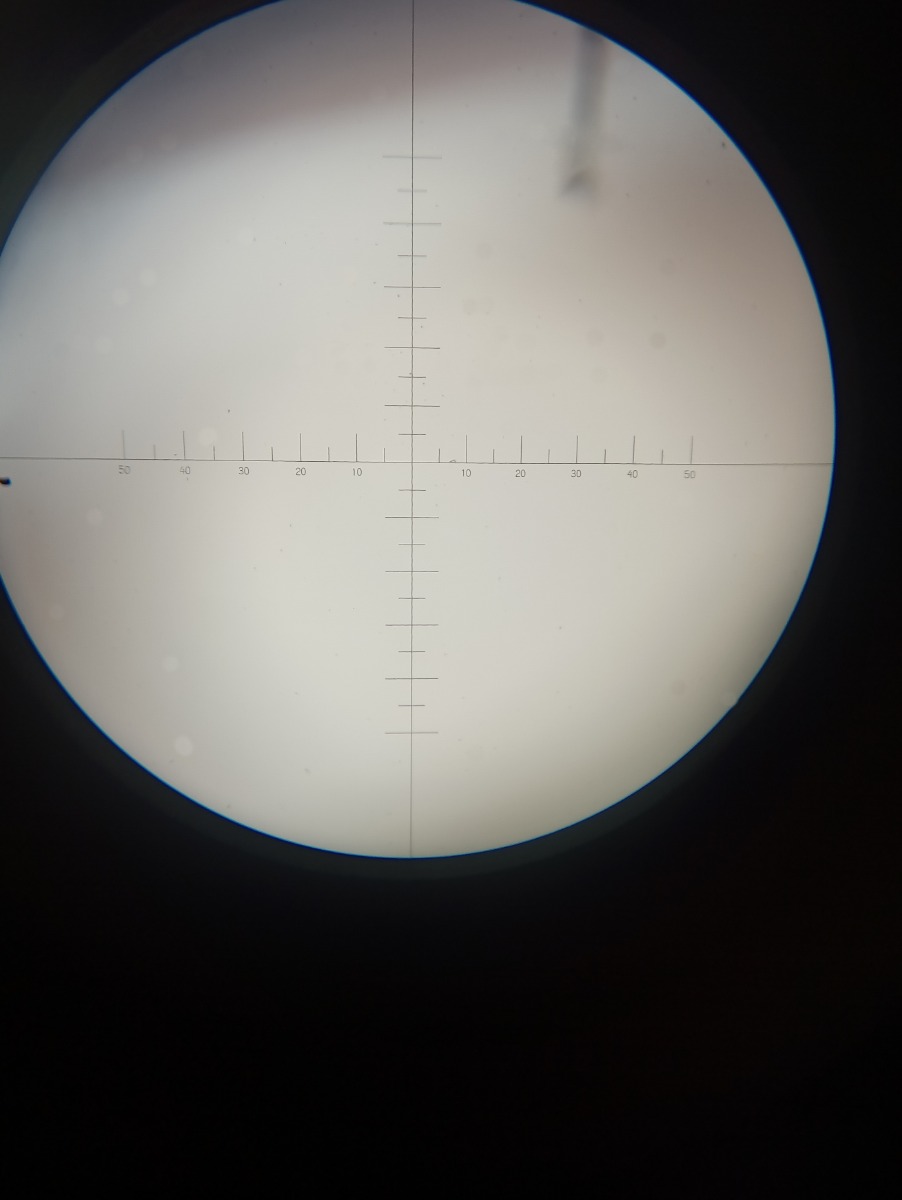Magnification: 6x
Aperture (objective diameter): 30 mm
Field of view: 8.5°
Exit pupil diameter: 5 mm
Visible field of view (eyepiece FOV): 50°
The closest focusing distance: 4 m
Width: 16.8 cm
Height: 11.6 cm
Weight: 360 g
Production date: 1939.
Binoculars Carl Zeiss Jena Silvamar 6x30 military (2)
In 1907, Carl Zeiss radically changed the framework and the design of his binoculars, replacing "civilian" models Feldstecher 6 Fach by Telex, Feldstecher 8 Fach by Telact, Jagdglas by Silvamar and Feldstecher 12 Fach by Telefort. The new devices’ detailed characteristics were published in the 74-th volume of Carl Zeiss catalog in August 1907. The optical characteristics were significantly improved in new devices (the field of view and the objective diameter were increased, optical aberrations were decreased), and the devices’ design was also changed: the central hinge and the “lugs” for a neck strap were not attached to binocular with the help of screws any more, they became integral with it instead, an eccentric objective alignment system appeared and its frame design was also changed, the prism covers spanned the binoculars’ carcass, and they were lubricated with a special compound at the joint points in order to improve impermeability. Moreover, the prisms inside the binoculars were no longer pressed by prism covers – they were fixed with the help of special flat springs instead. It helped increasing the device’s reliability greatly. Actually, the binoculars have survived in such appearance up to present days (see Hans T.Seeger. Zeiss-Feldstecher, Handfernglaser von 1894-1919, Modelle-Merkmale-Mythos, pp.399-414)
Silvamar is the first binocular model having 30 mm lenses. The device turned out to be very successful, characterized by high aperture, plasticity and wide field of view, and therefore it became the “champion” in terms of production time: Silvamar was produced from 1907 up to 1969 with various changes.
This is a “civilian” model, similar military versions are marked as D.F.6x30 and Marineglas 6x (30). However, there are exceptions, for example, the following Silvamar specimen with “military” features.
The binocular under consideration belongs to such devices. Its “military” features are the following: the goniometric grid presence and the specific bakelite coffer (see photo). They started to produce such coffers for military purposes since 1938.
There is an interpupillary distance scale on the upper hinge disc. Compared to older version of this model, this binocular’s field of view is slightly increased (from 8.4° to 8.5°), however, the eyepieces’ front lenses are decreased to 11.5 mm (this value was equal to 12.7 mm in the old version). The lens frame design is made with rounded objective covers (the old version was of the double-ring type). The prism covers are secured with a single screw and are made of aluminum alloy.
This device is equipped with eyepieces having base diameter 24.5 mm and the top prismatic cover having width 50.5 mm (see photo). The eyepieces possess the diopter scale, the longitudinal knurling (the previous version had the diagonal knurling). The binocular’s housing height (including the upper prismatic cover) is equal to 78 mm; the binocular’s height without lens frame is equal to 67 mm.
The weight of the binoculars has decreased significantly compared to the previous version - from 595 g to 360 g.
There are inscriptions «Carl Zeiss Jenna» on the left prismatic cover. There is also an inscription «Silvamar 6x30 1982682» on the right prismatic cover. The inscription is made in block letters against Carl Zeiss Tessar photo lens schematic image background. In addition, on the right prism cover there is the inscription “Den norske haær nr 6716” - these rare binoculars were made for the Norwegian army, 6716 is most likely the contract number (see photo).
The binocular’s military analogues, namely Marineglas and D.F.6x30 models, can be seen here and here.
The binocular’s model with central focusing, namely Silvarem 6x, was produced in 1909.

